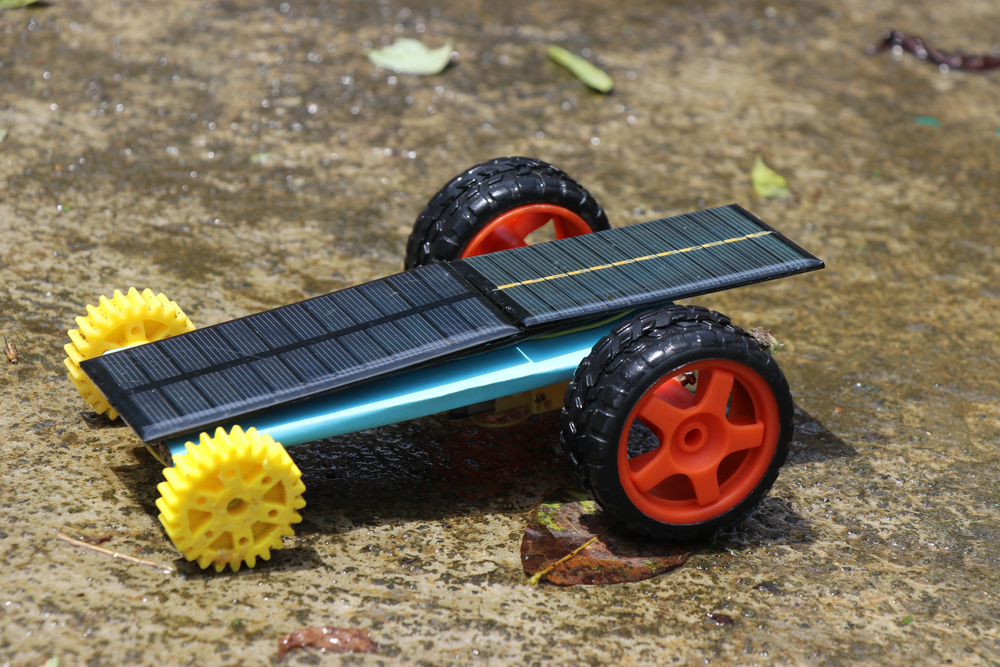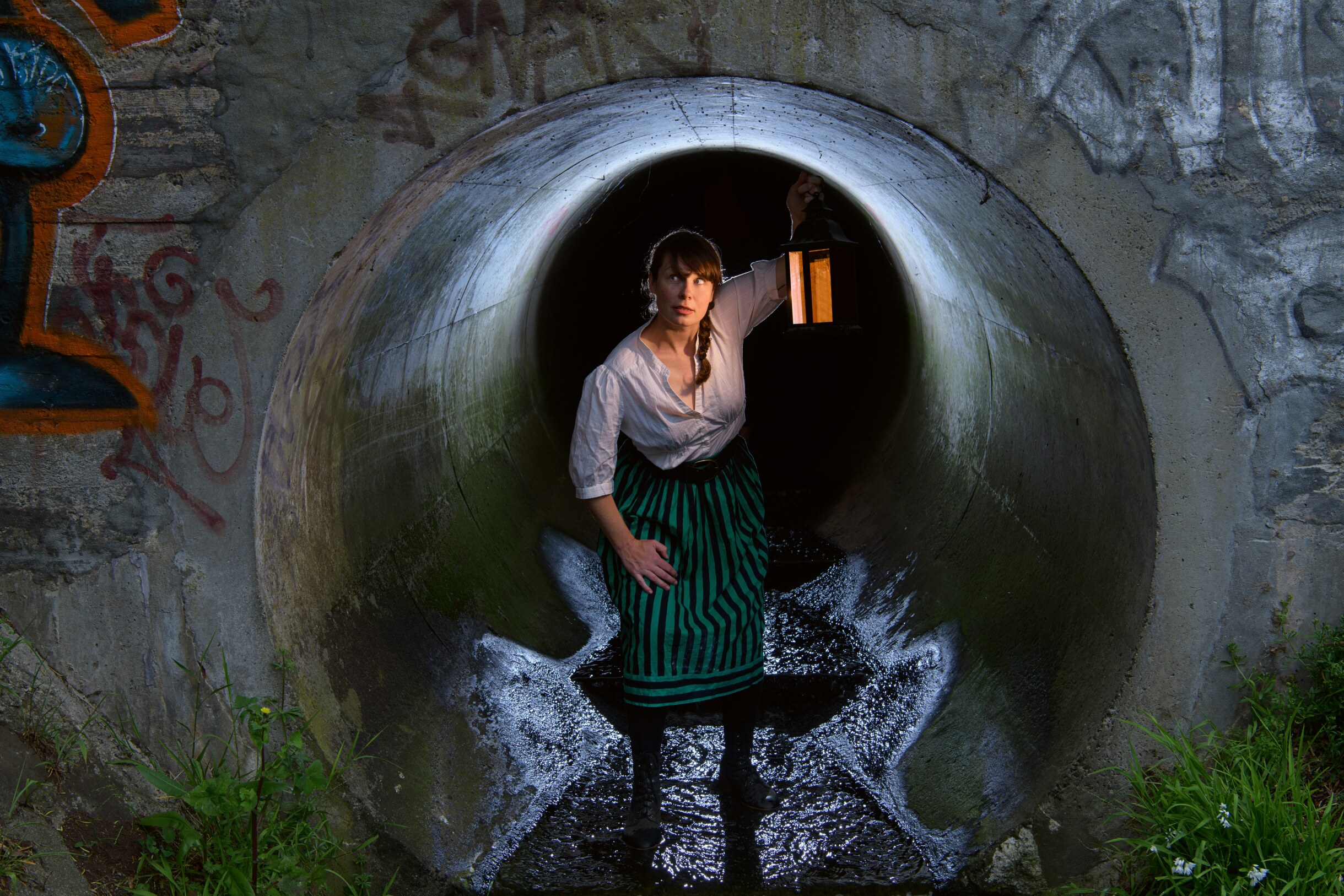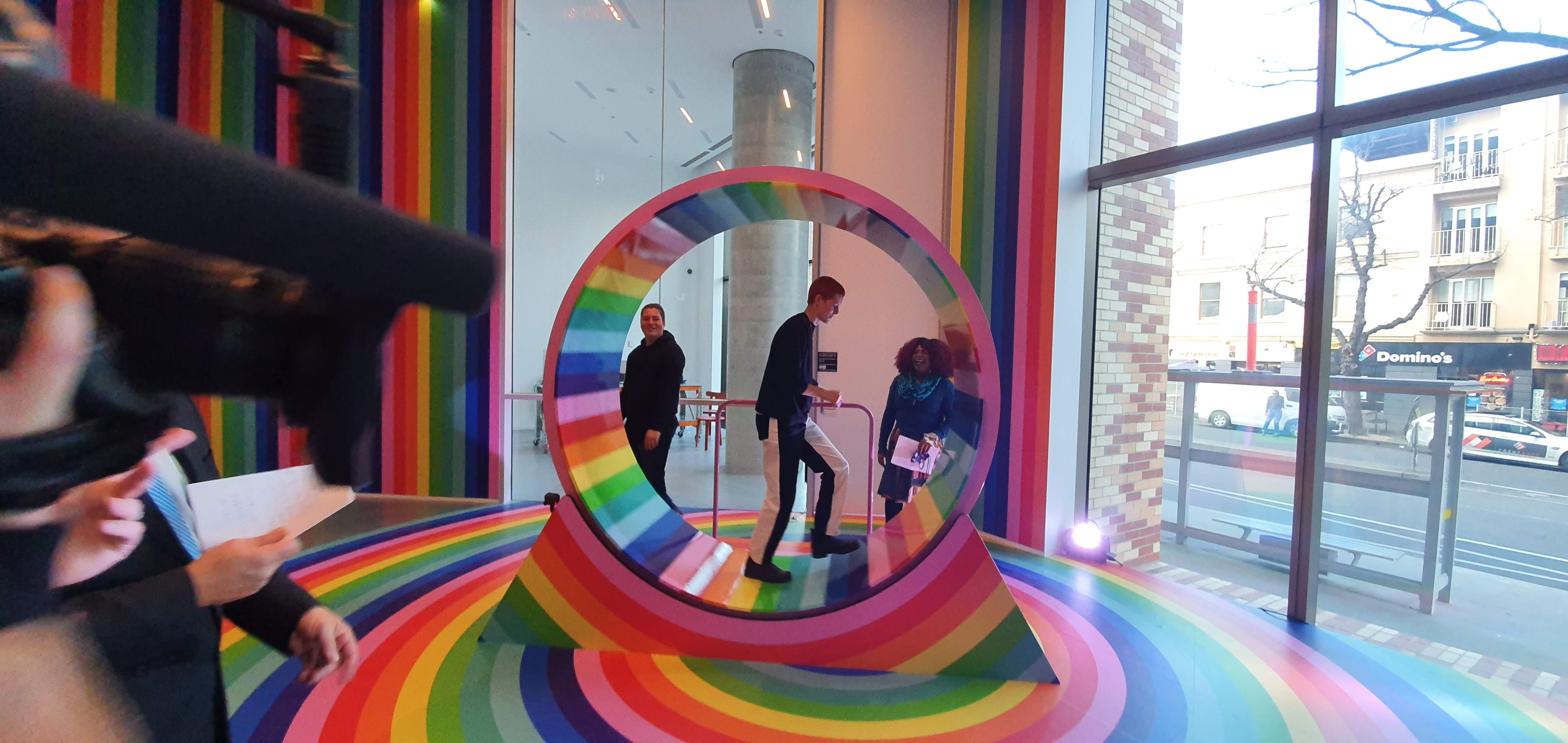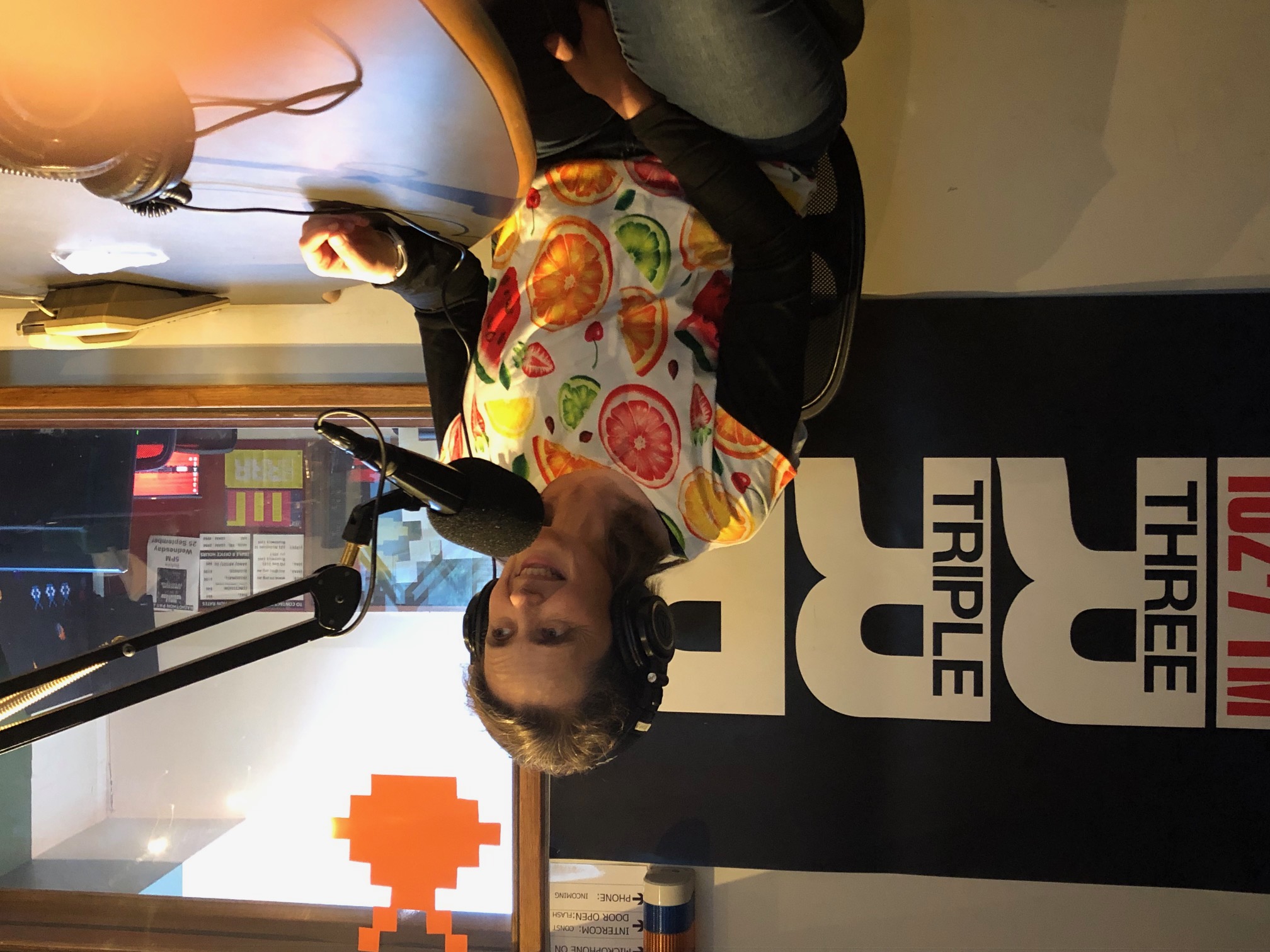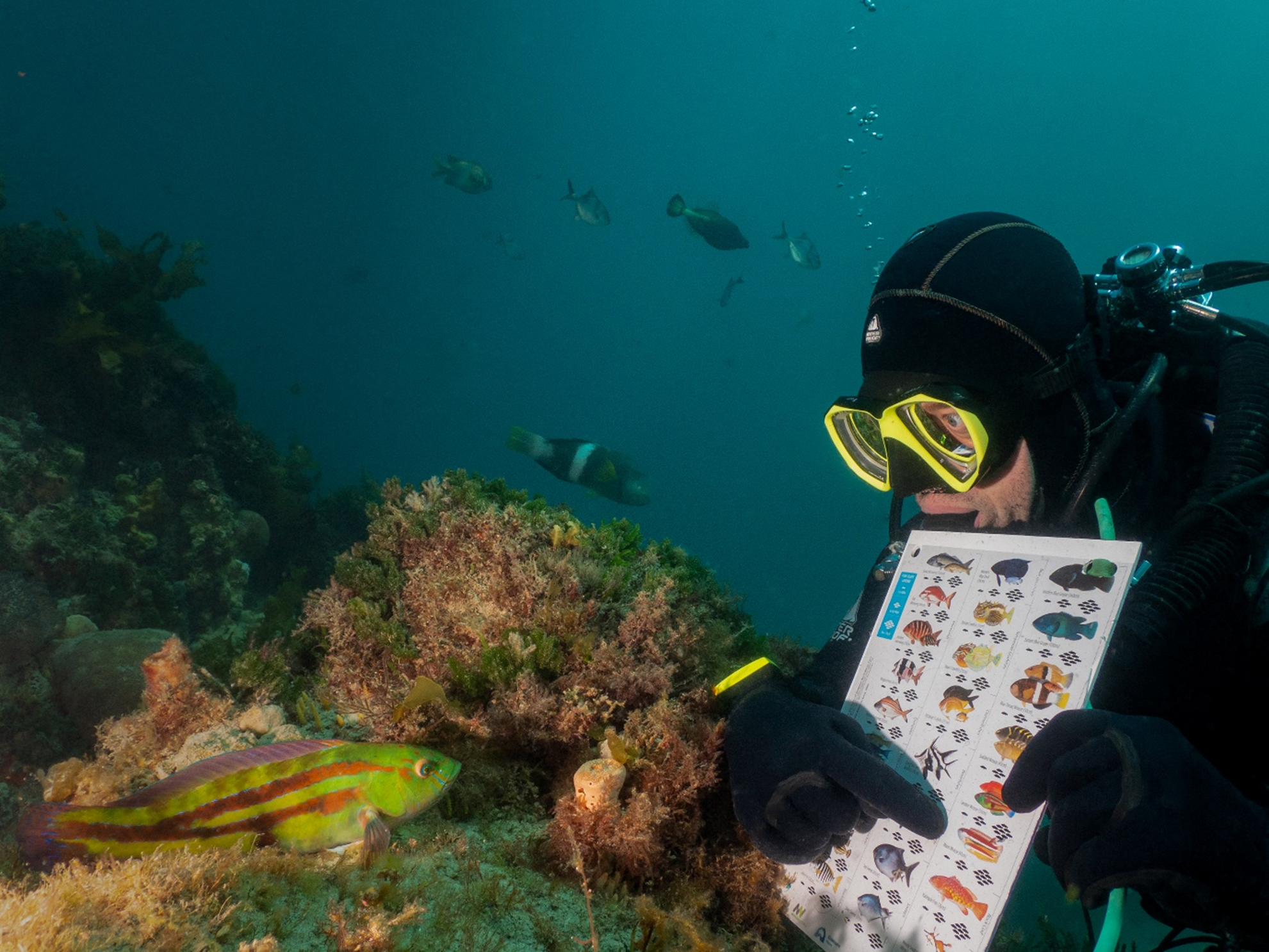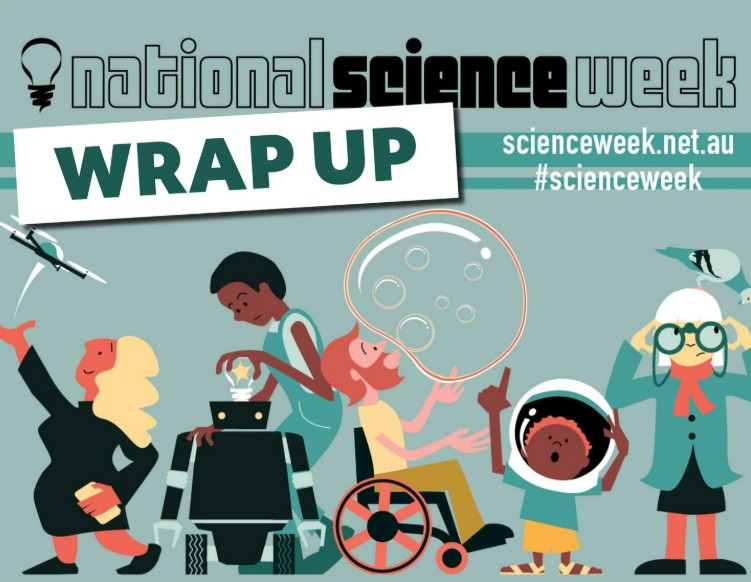STEM Beyond The Classroom
Science Victoria Edition
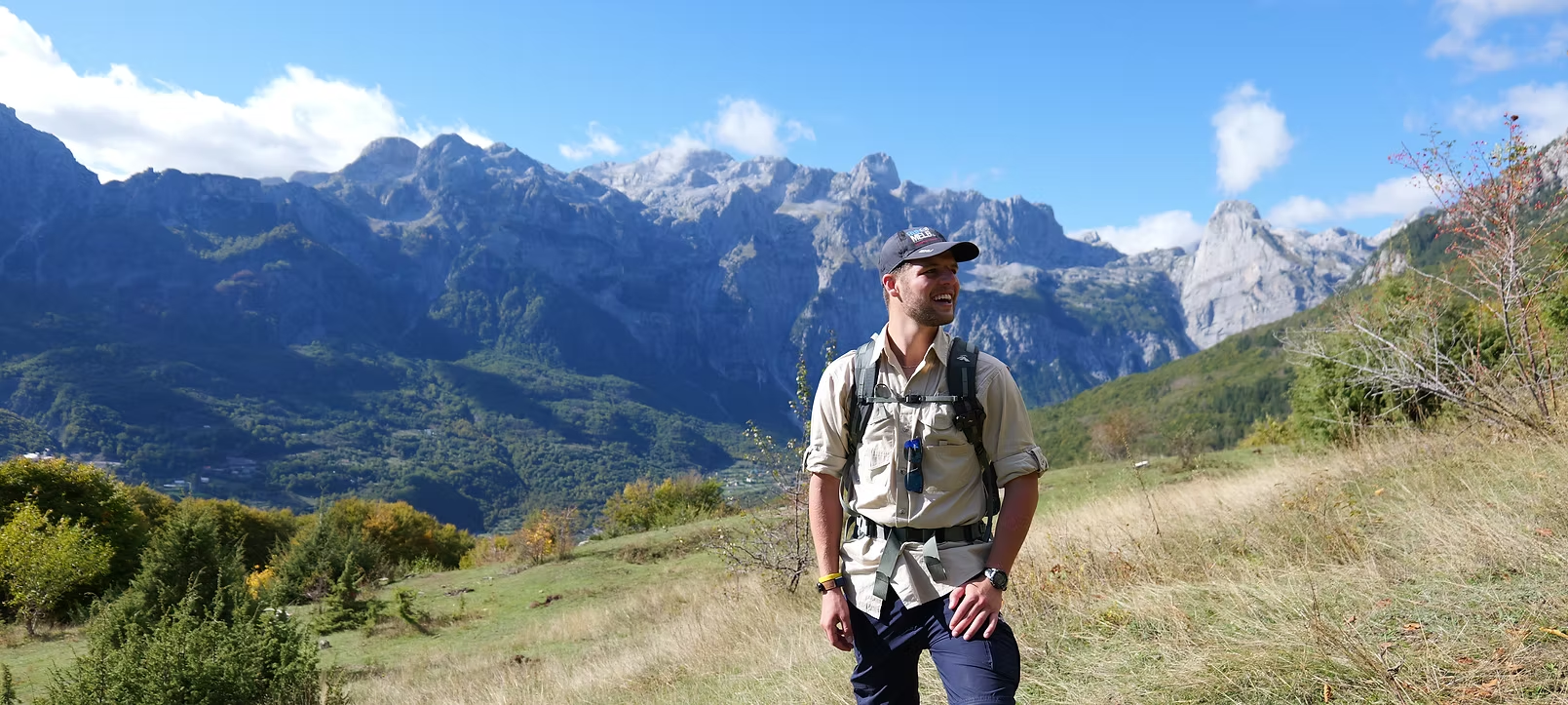

RSV Council Member; Founder & President of the Emerging Scientists Network
After high school I asked myself: “What should I study? Maybe science?”
During university I asked myself: “What should I major in? Maybe I’ll just do what seems like fun.”
But now: I have a clear image of the type of career I envision for myself, and have never in my life been more directional and passionate.
The challenge
While STEM is woven into every part of our lives, from smartphones and renewable energy to medical breakthroughs, too often young people feel uncertain as to whether they should step into it, and how.
Worldwide, there is an acknowledged shortfall in the number of students graduating from STEM disciplines1. This critical shortage of skills is problematic on both a global and local scale. It threatens Australia’s future capability for innovation and productivity2. To meet Victoria’s current and future needs and ambitions, we need to produce more STEM-skilled professionals3.
Many different reasons have been discussed as to why there is a seeming ‘hesitation’ from young people to engage in STEM careers.
We often hear that science is about narrowing yourself, ‘specialising’ and focusing on one topic, perhaps a single species or issue or rare medical condition etc. Yet, the beauty of STEM is its wide array of diverse pathways, and the complexities within each.
This pressure to specialise early can act as a deterrent, as students feel they need more time to decide on their ideal field of study4. Shirley Malcom and her engineering education colleagues argue that this very contraction exacerbates the difficulty of navigating careers in STEM5.
Persistent stereotypes, narrow labelling and the low visibility of diverse role models are also reducing the likelihood of students to develop a positive association with STEM, or form a ‘STEM identity’. This further diminishes any attempt to cultivate interest among young people6.
So how did this change for me?
Answer: I developed a greater sense of engagement, exploration and connection to STEM, through activities outside of the classroom.
Engagement beyond the classroom is about connecting to real-world science and experiencing how STEM is practised, how it impacts society, and why it’s worth pursuing. You may join a mentoring program, contribute to a research project, or connect to a fellow student. It’s about finding spaces that spark your curiosity, grow your network and build your skillset.
Often underestimated and misunderstood, such engagement is one of the key contributing factors to academic success7. The Youth in STEM report 2023–24, published by the Commonwealth Department of Industry, Science and Resources, found that young Australians show a greater desire and interest to pursue STEM when it feels relevant and approachable8.
If engagement is low, then students are more likely to opt out of STEM subjects7. Engagement has the enormous potential to strengthen and enrich young people’s relationship with STEM, equipping them to contribute effectively to Australia’s future growth and innovation9,10.
So the question is not simply how do we get people to study science, but how do we help them to engage with it in real and meaningful ways?
Community: The power of spaces where you can discover science
Examples: Conferences, Festivals, Summits, Open Days, Industry Expos.
Science comes alive when you experience it alongside others. Those beginning their journey into STEM may find the content at these events and spaces to be easily digestible, approachable and exciting. I’ve attended many national and international conferences with the sole intention of simply acting as a sponge, and absorbing as much information as I can. It’s a worthwhile investment, because you’ll be able to hear from inspiring speakers, discover new ideas, and gain a sense of the latest challenges and breakthroughs shaping the field.
For those already studying or working in STEM, these spaces may serve as a foundation from which you can develop your career further. You can meet like-minded peers, connect with potential collaborators, or even bump into future employers. Most importantly, these events remind us that science is not just a subject - it’s a living, evolving community of people.

Support: The impact of guidance and lived experience.
Examples: Mentor, Career Counsellor, Life Coach, Advisory group.
No one builds a career in STEM on their own. It’s all about who you know, and who you have in your corner. For newcomers, support provides clarity and direction. Advisors and mentors may suggest which field aligns best with your strengths and passions, or how best to get involved.
For those already in STEM, such support offers a range of tailored benefits. By sharing your story with someone who has already walked the path, they often can offer advice on how best to navigate or deal with transitions. They may also introduce you to their networks or simply offer words of encouragement during setbacks.
Believe it or not, I actually keep an imaginary board of directors in my head. Just as a company looks to its board for guidance, I have accumulated a ‘board’ of different mentors, advisors, colleagues and professionals to whom I can go for advice or direction, depending on the topic or question.
Try to imagine who would sit on your ‘board of directors’ - Is it large, diverse, supportive?
Connections: Make coffee your best friend.
Examples: Networking, Coffee Meetings, Email Introductions, LinkedIn Notes.
Support is about guidance, but connections are more to do with relationships. Networking is often imagined as someone handing out business cards, but in reality it’s about building bonds with people at all levels. Some connections are vertical, with those further along in their careers; others are horizontal, with peers at the same level or stage.
If you’re interested in getting more involved in STEM, networking is a great way to gain unique insights into, for instance, what work may look like day-to-day, the ups, the downs etc. And for those wishing to develop their careers beyond their degree or current role, connections have the power to unlock countless opportunities.
You may develop relationships with professionals from diverse backgrounds, each of whom can open different doors for you. They may introduce you to new people or offer you work opportunities. If you’re lucky, you could even make a friend, someone who understands and shares similar triumphs and tribulations. I wouldn’t be writing this article right now, for example, or about to attend a conference in the US, if it wasn’t for the connections I’ve formed through networking and coffee meetings.
Professional Skills: Building capability beyond knowledge.
Examples: Internships, Volunteering, Short Courses, Work Experience.
Often referred to as soft skills, these experiences will help you not only to engage with STEM, but also to develop unique skills, attributes and qualities. They’re a fantastic way to get involved, test the waters safely, and transform classroom knowledge into real-world experience.
I have surveyed and tagged platypus, filmed wildlife in Africa and presented education workshops at zoos, all by offering my time and energy in exchange for the opportunity to develop new skills.
How can I or my child, friend or colleague participate in research? Will I enjoy this kind of work? Do I have the right skills? If you are asking yourself these types of questions, then a great way to find the answers is to refer back to your ‘community’, ‘support’ and/or ‘connections’ and seek out opportunities like those above, especially if you are beginning your journey in STEM.
For those already on the path, think of professional skills as scaffolding for growth. These experiences will help you to diversify your CV, grow your list of contacts, and may even land you a crucial ‘foot in the door’. If you find a company in which you are interested, don’t be afraid to reach out and pitch yourself to it.

Understanding Your Why: The driving force behind why we engage in STEM.
Examples: Exercises that encourage you to seek purpose and understanding in your career.
It’s important to pause and ask: Why do I want to work in STEM? Taking time to reflect on where your passions and skills intersect with society’s needs can provide clarity and motivation.
Some exercises may include visioneering11, a process of developing a structured and workable vision; GROW model12, a four-step coaching framework for goal setting; or even mapping out a ‘personal ecosystem’, a holistic approach to personal development. These can help identify what STEM field is ‘right’ for you, and why13.
Charting the next steps in your career is an important step if you wish to progress. This ‘phase’ will help you to spot gaps in your skillset, knowledge, or networks. Understanding the ‘why’ question will help guide your decisions and build resilience for when the road feels uncertain. Interest fuels passion, and purpose fuels persistence. To engage and work in STEM, you need both.
Conclusion:
It’s important for educational institutions, government bodies and school systems to shift the view young people have of STEM, that it is somethings confined to a textbook or a lab. They need to experience it as a dynamic, interdisciplinary enterprise with endless pathways in academia, industry and beyond. This is paramount if we are to solve the STEM shortage.
And I believe the best way to achieve this shift is to embrace and promote the development of greater engagement in STEM beyond and outside the classroom. That’s just what this issue of Science Victoria is about.
When engagement stretches beyond lectures and assignments, it transforms STEM into something richer and more sustainable. It converts abstract learning into real-world relevance, making STEM feel purposeful and applicable. Exposure to new ideas, role models, and skill-building experiences doesn’t just spark curiosity - it helps it endure. It not only draws new people into STEM but strengthens the commitment of those already there.
The future of STEM in Victoria, and across Australia, depends on how effectively we empower the next generation to engage, explore and connect with STEM.
So, ask yourself: Where can you engage next?
The Emerging Scientists Network (ESN) is a great place to start.
The Emerging Scientists Network: Our call to action
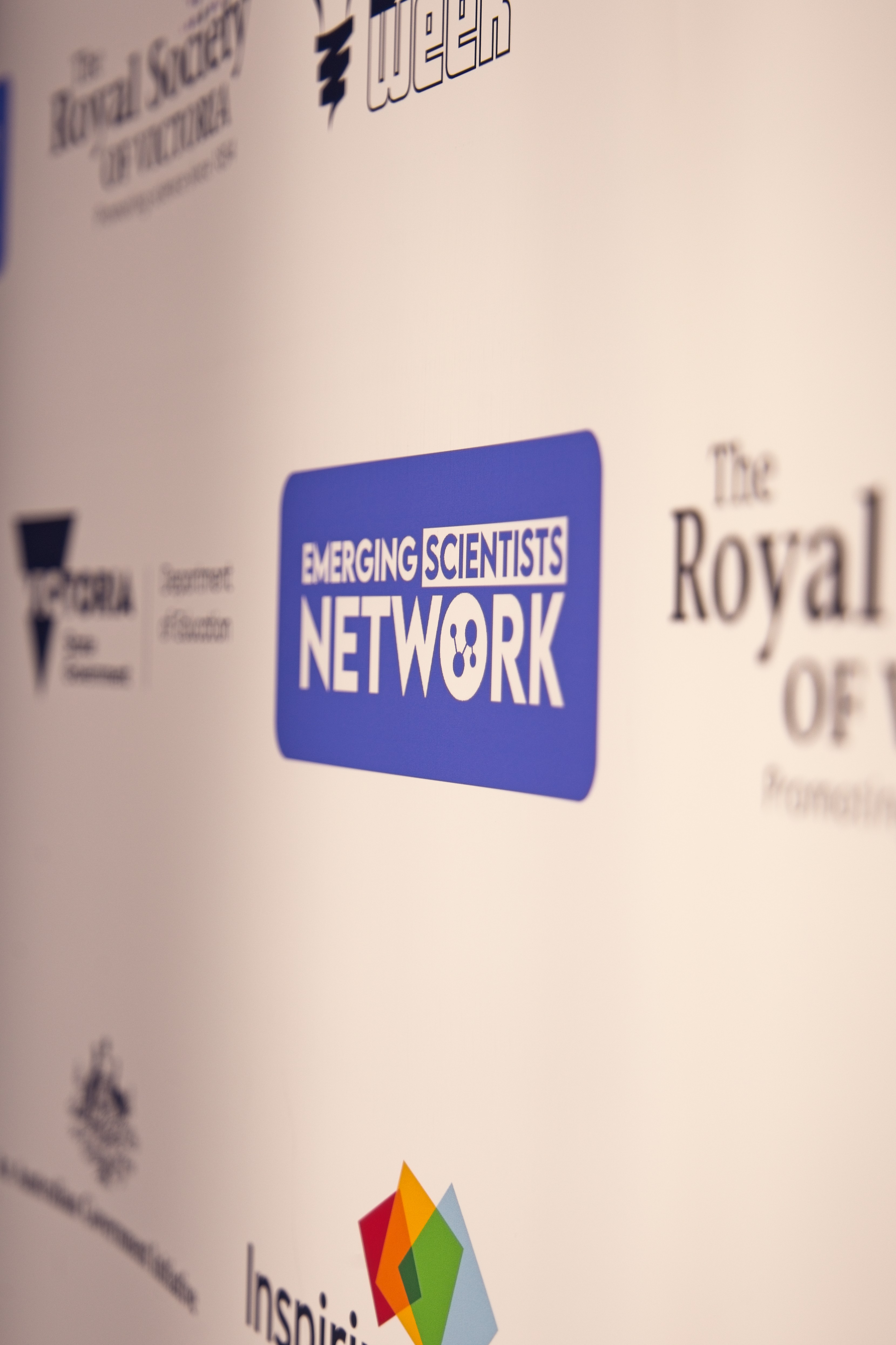
The Emerging Scientists Network (ESN) is an initiative of The Royal Society of Victoria that exists to support this need for more meaningful engagement in STEM.
ESN is designed for students and early-career scientists who are interested in moving ‘beyond the classroom’. Through events, workshops, networking and much more, ESN aims to create a space where ideas can be shared, skills developed, and meaningful connections formed. It is a community built by emerging scientists, for emerging scientists.
“It takes curiosity, passion and connections to build a career. ESN will help you connect the dots!”
Click here to learn more.
References:
- Ross, R. et al. (2017). LaserTag for STEM Engagement and Education. IEEE Access, 5: 19305–19310. https://doi.org/10.1109/access.2017.2753218
- Australian Academy of Technological Sciences and Engineering (2022). Our STEM skilled future — An education roadmap for an innovative workforce. https://www.atse.org.au/what-we-do/strategic-advice/our-stem-skilled-future-an-education-roadmap-for-an-innovative-workforce/
- Australian Academy of Technological Sciences and Engineering (2025). Victorian STEM investment critical for driving innovation. https://atse.org.au/what-we-do/strategic-advice/victorian-stem-investment-critical-for-driving-innovation/
- Malamud, O. (2010). Breadth vs. Depth: The Timing of Specialization in Higher Education. Research Papers in Economics https://doi.org/10.3386/w15943
- Malcom, S. et al. (2016). The Culture of Undergraduate STEM Education. nih.gov; National Academies Press (US). https://www.ncbi.nlm.nih.gov/books/NBK368176/
- Singer, A. et al. (2020). How to foster the formation of STEM identity: studying diversity in an authentic learning environment. International Journal of STEM Education, 7 (1): 57 https://doi.org/10.1186/s40594-020-00254-z
- Attard, C. et al. (2020). Affect and engagement in STEM education. In STEM education across the learning continuum: Early childhood to senior secondary (pp. 195-212). Singapore: Springer Singapore.
- Department of Industry, Science and Resources. (2023–24). Youth in STEM report 2023–24. https://www.industry.gov.au/publications/youth-STEM-research-project/youth-STEM-report-2023-24
- Xia, X et al. (2024). STEM Outside of School: a Meta-Analysis of the Effects of Informal Science Education on Students’ Interests and Attitudes for STEM. International Journal of Science and Mathematics Education 23 (4): 1153–1181. https://doi.org/10.1007/s10763-024-10504-z
- West, M. (2012). STEM education and the workplace (Vol. 4). Canberra: Office of the Chief Scientist.
- Visioneering, Revised and Updated Edition by Andy Stanley (2025). Penguin.com.au. https://www.penguin.com.au/books/visioneering-9781588601230
- The GROW Model. (2024). Culture at Work. https://www.coachingcultureatwork.com/the-grow-model/
- Daniel. (2025). Personal Ecosystems: A Better Approach to Personal Development. Soul Seeker’s Path. https://soulseekerspath.com/personal-ecosystems-for-personal-development/
Discover how you can join the society
Join The Royal Society of Victoria. From expert panels to unique events, we're your go-to for scientific engagement. Let's create something amazing.




